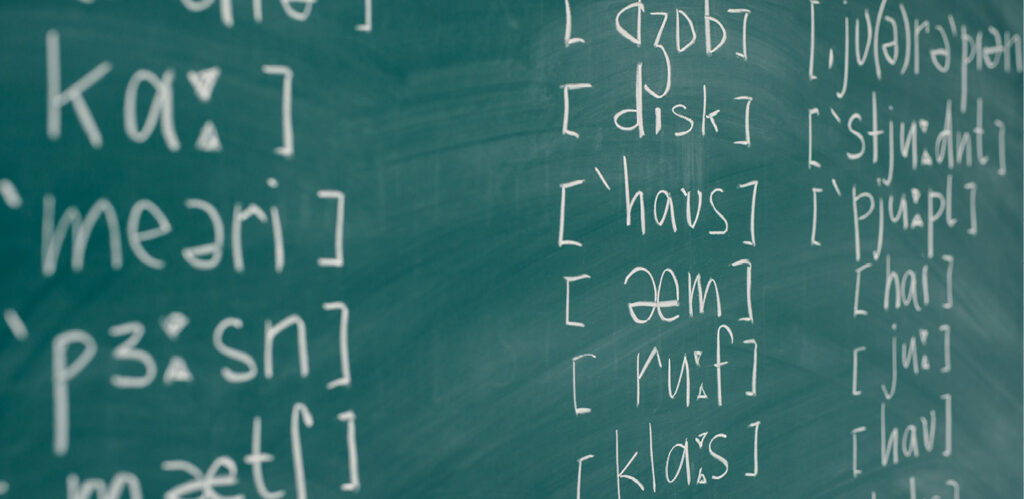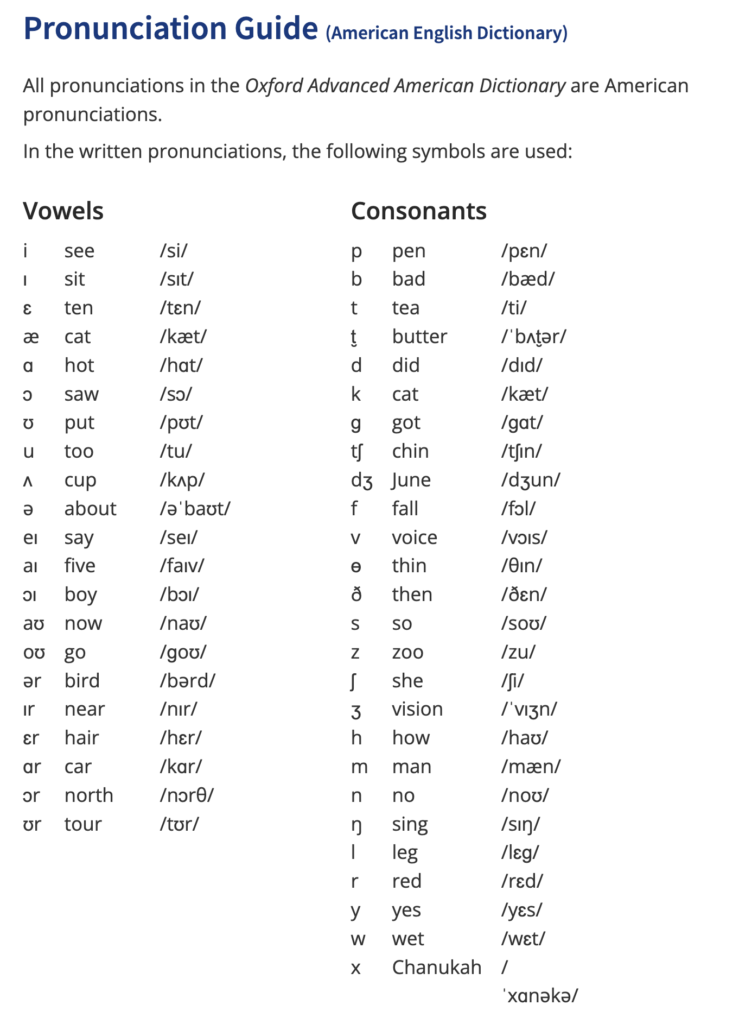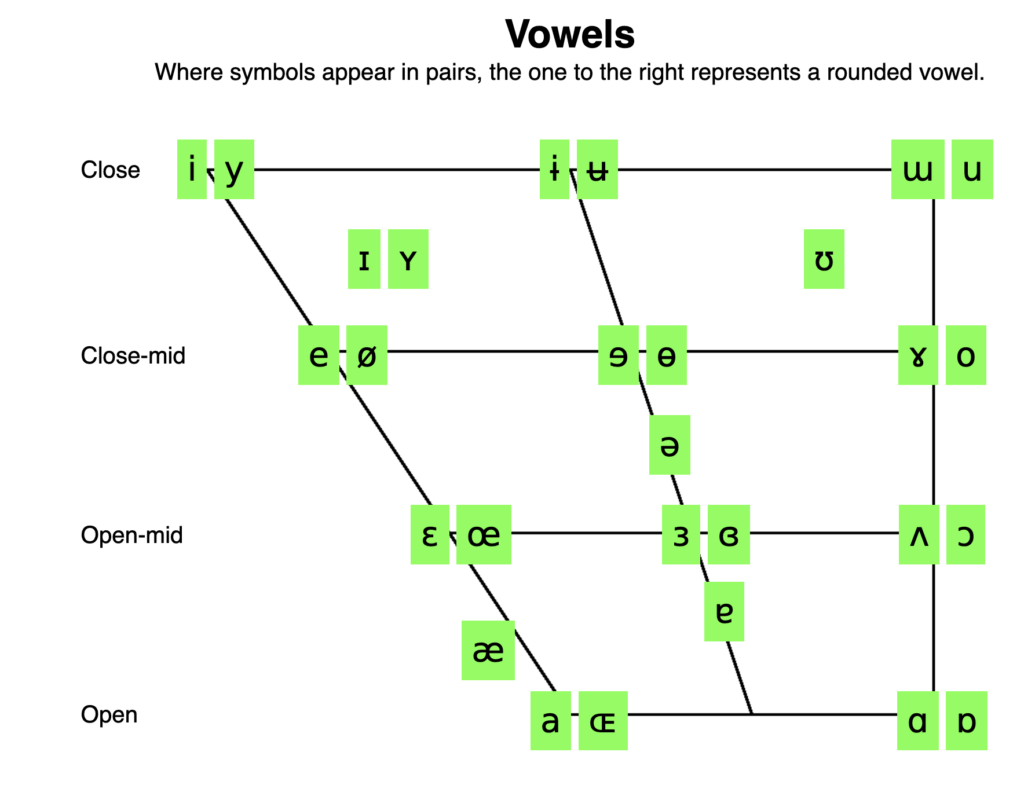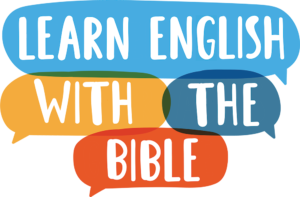
Should I Teach the International Phonetic Alphabet?
Pronunciation is a huge part of learning a new language. If we don’t pronounce the sounds of that language correctly, it negatively impacts our ability to be understood. Some new sounds are easy to learn, but others may be so foreign to our native tongue that trying to reproduce them can lead to discouragement and a hesitancy to speak. That’s where the International Phonetic Alphabet can help.
How Do We Learn to Pronounce Words?
We learn the pronunciation of our native language as babies by listening to people speak and imitating the sounds they make. As children grow and the brain continually absorbs new information, it will eventually block off sections of the brain that are not being used. This includes the ability to pronounce various sounds. Many times we as adults have even lost the ability to hear and recognize a particular linguistic sound that is unfamiliar to us. For adults trying to learn a new language, this inability to easily learn and produce new sounds can be discouraging as we try to improve our speaking skills.
The International Phonetic Alphabet
The International Phonetic Alphabet (IPA) can be a huge help as we learn how to pronounce new words. First, let’s take a quick look at what the IPA is. Then, we’ll look more closely at the IPA chart for United States English. Finally, we’ll go over some reasons why you may or may not want to learn the IPA and use it with your students.
What Is the International Phonetic Alphabet?
The IPA is a system of symbols that represent the sounds used in speech. Each symbol in the IPA alphabet represents a sound used in spoken language. There are IPA symbols for each sound in most of the world’s languages, and each language has its own set of IPA symbols.
An IPA Chart for United States English
This is a chart of the IPA symbols for United States (American) English, from the Oxford Learner’s Dictionaries website. It features standard American pronunciation. You can find this complete chart with explanations at oxfordlearnersdictionaries.com.

A Closer Look at the IPA in United States English
The first thing to notice is that the sounds of the English language do not pair well with the individual letters used. English is not a phonetic language, which means that the same letter can make different sounds depending on its location in a word or sentence, and on the other letters around it. For example, there are five letters classified as vowels in English, but there are around four times as many different vowel sounds represented by the IPA.
In the same way, some of the consonant letters are not represented in the IPA because they have no sound of their own. For example, the letter q has no symbol of its own, but its sound is represented by the symbols for k /k/ and w /w/ together.
Vowel Mapping
You can find charts online that will indicate more precisely how to pronounce vowels. These charts will typically contain a diagram of the tongue and show you where in the mouth the sound is produced.
Here is a simple vowel map from ipachart.com. It contains English vowels as well as vowels from other languages. You can click on the link to view the full page and hear the sounds produced. You’ll also find other charts containing more IPA sounds and symbols. We’ll talk more about vowel mapping in a future article.

Should I Learn the International Phonetic Alphabet?
Whether or not you choose to use the IPA in your ESL classes depends a lot on how comfortable you are with it. It is not difficult to learn if you are just learning the symbols for sounds in your native language. The consonant symbols are relatively easy to learn because many of the symbols use the actual letter they represent. For example, the k sound is represented by the symbol /k/. But because there are around twenty vowel sounds and only five vowel letters, the IPA uses combinations of symbols to represent all of them. Vowel sounds may take a little time to learn well.
The best way to learn the IPA is to play with it and learn it symbol by symbol. There are online IPA “translators” that will let you type in a word and see the IPA translation. You can also use an online dictionary, such as the Oxford Learner’s Dictionary, to look up words and see their IPA pronunciations. Soon you will be able to easily pronounce a word written with IPA symbols.
Do Students Benefit from Using the IPA in Class?
When I first began teaching, I didn’t use the IPA because I was unfamiliar with it and thought it would just confuse the students, especially the ones learning the English alphabet. However, over time I saw how the students seemed to like it. They would want to see the word written in IPA, and it helped them learn tricky English spelling and pronunciation.
I recommend teaching pronunciation by using the IPA. The main reason for this is that as your students progress, they will no doubt want to look up unfamiliar words on their own in an English dictionary, and many modern dictionaries use the IPA to indicate proper pronunciation.
You may find that some of your students are already familiar with the IPA. If you don’t use the IPA, these students may wonder why you don’t. Other students will not be familiar with it, so the best way to introduce it to them is with the vocabulary words you teach. They can learn it little by little as you introduce new words.
It could be overwhelming if you show students an entire IPA chart and spend a couple hours teaching the pronunciation for each symbol. Instead, introduce it letter by letter over time as you teach new vocabulary.
Once students have become familiar with the IPA, they can then use dictionaries on their own, see the IPA pronunciation, and be confident that they are pronouncing what might be a new or unfamiliar word correctly. Students whose native language doesn’t use the English alphabet are the students who could potentially benefit most from seeing the IPA pronunciations.
You Still Have to Teach Pronunciation
Just remember, even if you use the IPA chart to teach pronunciation, you will still have to teach students how to form the particular sound associated with each symbol.
You can find helpful tips as well as video and audio examples in the Pronunciation section here at Learn English with the Bible.
A Note about Phonetic Spelling
When the IPA is not used, it can be useful to use phonetic spelling to teach how a word is pronounced. For example, to teach students how to pronounce the word “enough,” you would write “enuf” on the board.
I would not recommend using this method. It may seem easier to use this method with students whose native language also uses a version of the Latin alphabet. However, it is not as inclusive and complete as the IPA. Using phonetic spelling can also inhibit the ability to correctly spell English words.
Use the IPA to Encourage Correct Spelling
English is notoriously difficult to spell. Because of this, students are often hesitant to write in English. It’s important for students to not only learn how new vocabulary is pronounced, but how it is spelled. Using phonetic spelling to teach pronunciation can inhibit a student’s ability to learn how to correctly spell a word. As they learn how different words are spelled, they can also use their knowledge of unusual spellings to decipher similar yet unfamiliar words and have a good idea how they should be pronounced.
A Simplified IPA for Classroom Use
Besides the basic IPA symbols, there are other symbols used to help refine pronunciation. For example, an apostrophe-type symbol is used at the beginning of a syllable to indicate stress (al–pha-bet – /ˈælfəbet/. This would be a good symbol to teach students. You could also choose to use the symbol for a glottal stop (stop consonant), /ʔ/. You can also use the straight line symbol found above the enter key on your English keyboard – |.
Another symbol you may see a lot is the /ː/ symbol. It typically comes after a vowel that should be held for a bit longer, such as the double e sound of meet /miːt/. Other extra symbols may not be necessary for your beginning and intermediate students.
Here’s an example. There are two sounds of l, called light l and dark l. There is a minor difference in the tongue position for these two sounds. The IPA symbol for l is /l/, and it is generally used for both sounds of l. There is an IPA symbol for dark l, /ɫ/, but it is not commonly used in dictionaries. Depending on the level of your students and their interest in this kind of detailed pronunciation information, you may choose to stick with the basic IPA symbols, the symbol for syllable stress, and the glottal stop symbol (since glottal stops are an important feature of English pronunciation).
How We Use the IPA at Learn English with the Bible
Here on the Learn English with the Bible website, and in our other books and ebooks, we use a simplified form of the IPA for United States English. If you teach British English, please note that your set of IPA symbols may be slightly different.
You can find basic pronunciation information for each IPA symbol, both vowels and consonants, in the drop-down menu under Pronunciation. Other information relating to pronunciation of individual letters will be covered in the Spelling drop down menu (coming soon).
Do you use the IPA or Phonetic Spelling in your English classes? Leave a comment below and let other readers know what you think about each method.
More Resources
To learn more about the IPA and other linguistic terminology relating to pronunciation, here are some great websites where you can read more:
International Phonetic Alphabet (official website)
https://www.internationalphoneticalphabet.org/
Dr. John Wells, University College London (easy chart with symbols)
https://www.phon.ucl.ac.uk/home/wells/phoneticsymbolsforenglish.htm
Cambridge University (chart of symbols with places of articulation)
https://www.cambridge.org/features/IPAchart/
International Phonetic Association (handbook, downloadable fonts, and sample recordings)
https://www.internationalphoneticassociation.org/
